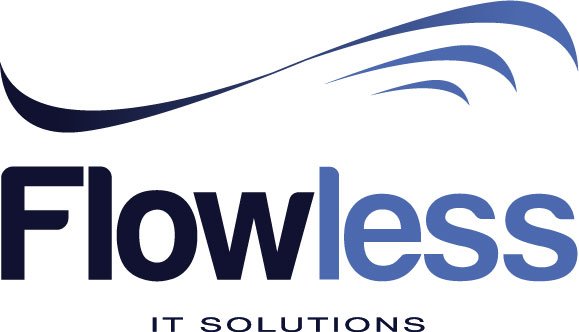Around the year 2000 a new method of getting things done fast and easy was produced it was called Agile software management(IT). This was used to make groups of individuals make fast and quick decisions while continuously learning and adapting at the same time due to this method many businesses and organizations quickly adapted this approach and implemented it within their respective regimes.
However even though this was initially a success certain problems started to boil to the surface. Many teams would get stumped on certain problems and the team management would break down this occurred due to the lack of proper management and a very strict chain of command the higher ups would let the managers make all the rulers and the workers who actually had to do the job would getting fumbled and the smooth machine of a working industry would break down for this very reason a smart individual decided that change had to be brought into the works and hence he came up with POPCORN flow.
How does it work?
Popcorn flow essentially works like a fast-acting virus where teams adapt to the nature of the business and evolve along the way the concept is a small team will evolve and adapt far quicker than a huge team. Essentially popcorn flow is based on three principles. They are that one must adapt quickly, everyone must share their opinion so that the common opinion becomes fact and then they must learn as fast as well. A typical team will look at problems, find the possible options, experiment with those options commit to one then work with it review the answers and move on two the next issue. This quick and fast-moving process is how popcorn flow works. It is a fast-adaptive method that gets things done efficiently and on time.
— Slimane Zouggari
